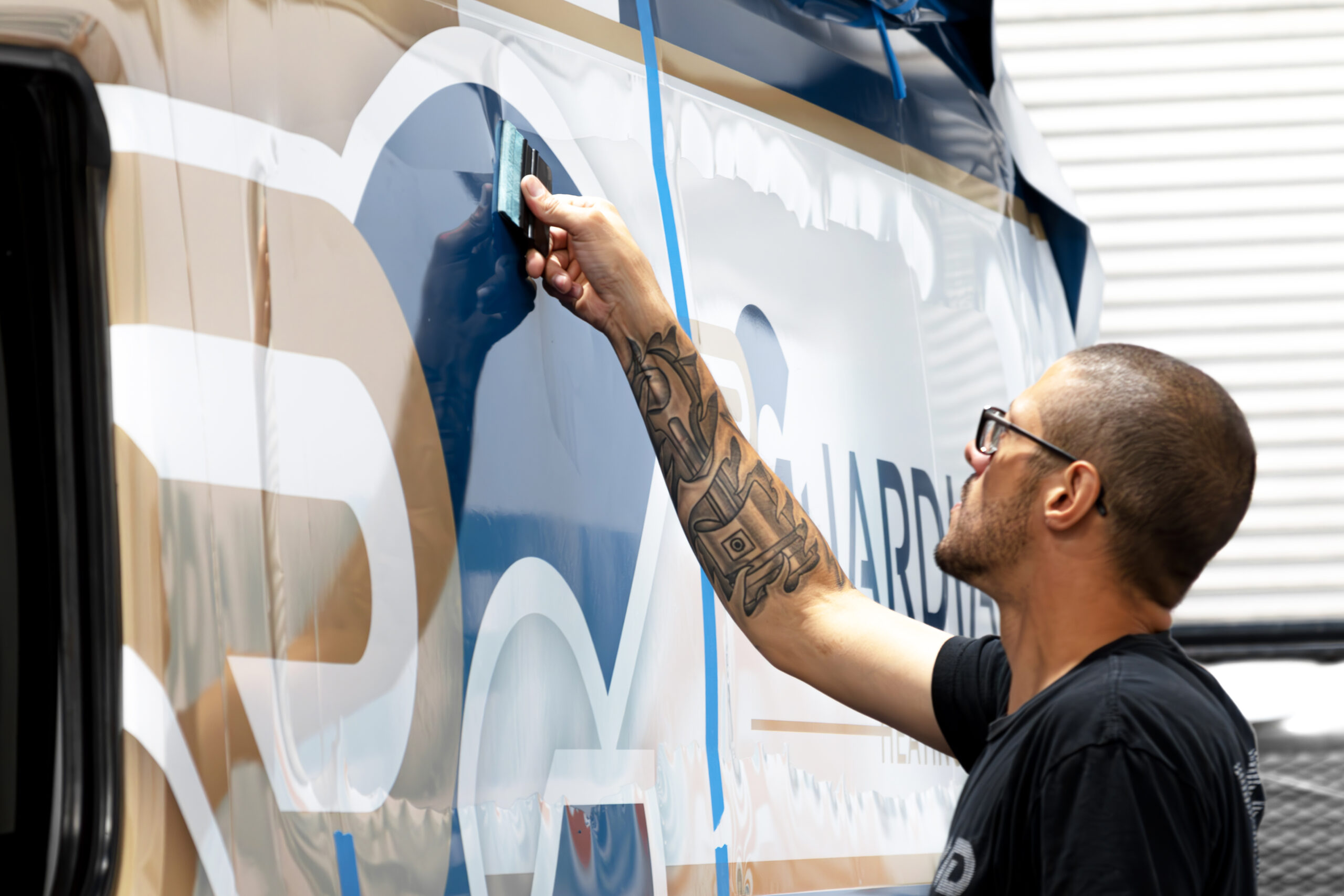

Vinyl Wrapping? – Learn About What You Can & Can Not Wrap Here | Wraps Direct
Vinyl wrapping has emerged as a popular and versatile technique for transforming the appearance of various surfaces, offering a cost-effective alternative to traditional painting or refinishing. This innovative process involves applying a thin, adhesive vinyl film to surfaces, such as vehicles, furniture, and even walls, allowing for endless customization possibilities. However, before embarking on any vinyl wrapping project, it is crucial to grasp the distinction between what can and what cannot be vinyl wrapped. Understanding these boundaries is essential to achieve successful outcomes and avoid potential pitfalls. In this blog, we will delve into the realm of vinyl wrapping, exploring its fundamentals and highlighting the significance of comprehending the compatibility of surfaces with this transformative method. By the end of this journey, you will be equipped with the knowledge to make informed decisions about which surfaces can embrace the magic of vinyl wrapping and which ones require alternative approaches.
Benefits Of Vinyl Wrapping Over Other Methods
Vinyl wrapping offers several advantages over traditional painting or refinishing methods. Firstly, it provides a non-permanent solution, allowing for easy removal or modification without damaging the underlying surface. This flexibility is particularly beneficial for individuals who want to change the appearance of their belongings periodically or those who may need to revert to the original state in the future.
Moreover, vinyl wrapping is generally more cost-effective compared to other techniques. It eliminates the need for expensive equipment, extensive preparation, and labor-intensive processes, reducing both material and labor costs. In addition, vinyl wrapping can be completed in a fraction of the time required for traditional methods, making it an attractive option for those who seek quick transformations.
Furthermore, vinyl wrapping provides a protective layer to the underlying surface, shielding it from minor scratches, UV rays, and other environmental elements. The vinyl film acts as a barrier, preserving the original condition of the object and extending its lifespan. This protective aspect is especially valuable for vehicles, where vinyl wraps can help maintain the paintwork and retain resale value.
Lastly, vinyl wrapping offers unparalleled design versatility. With an extensive range of colors, finishes, and textures available, vinyl can achieve looks that are often difficult or costly to replicate through other means. Whether you desire a vibrant and eye-catching design or a subtle and sophisticated appearance, vinyl wrapping can fulfill your creative vision.
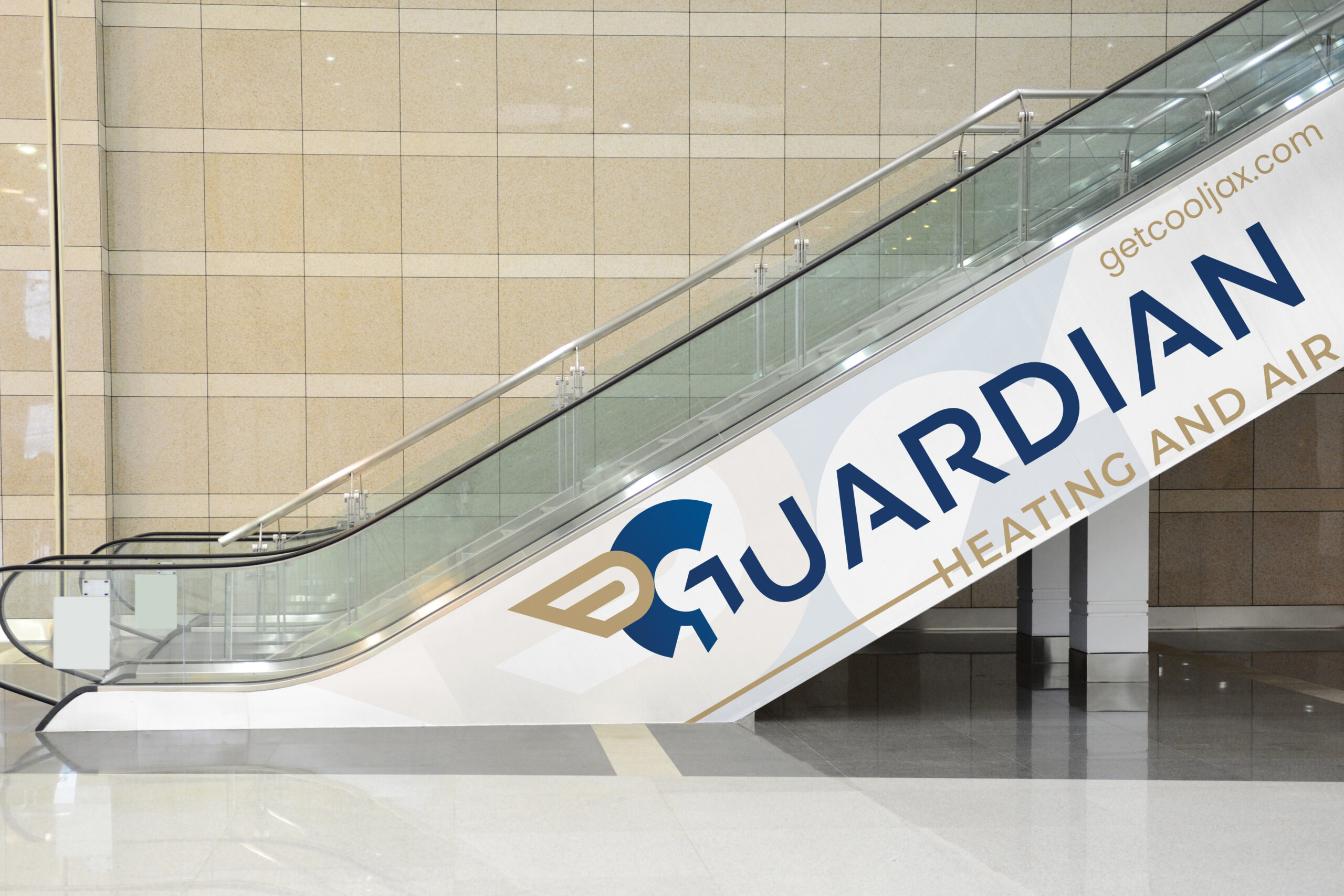
Advantages Of Vinyl Wrapping
Protection Against Scratches & UV Damage
One of the significant advantages of vinyl wrapping is its ability to provide a protective layer for the underlying surface. The vinyl film acts as a barrier, shielding the object from minor scratches, stone chips, and other forms of physical damage. Additionally, many vinyl films come with UV-resistant properties, which help prevent fading and discoloration caused by prolonged exposure to sunlight. This protective feature is especially beneficial for vehicles, as it helps maintain the pristine condition of the paintwork and preserves the value of the asset.
Ability To Change The Appearance Of An Object
Vinyl wrapping offers an unparalleled opportunity to completely transform the appearance of various objects. Whether you want to give your vehicle a striking new color, emulate the texture of wood on a piece of furniture, or create a bold design statement on a commercial space, vinyl wrapping can achieve these desired effects. The vast range of colors, finishes, and textures available in vinyl films allows for endless creative possibilities, enabling you to customize and personalize your belongings according to your unique style and preferences.
Cost-Effectiveness vs. Alternative Options
Vinyl wrapping is often a more cost-effective solution compared to traditional painting or refinishing methods. The materials required for vinyl wrapping are generally more affordable than the specialized paints, primers, and clear coats used in traditional methods. Additionally, the labor and time involved in vinyl wrapping are typically lower, resulting in reduced costs for installation or professional services. This affordability makes vinyl wrapping an attractive option for individuals or businesses seeking budget-friendly yet impactful transformations.
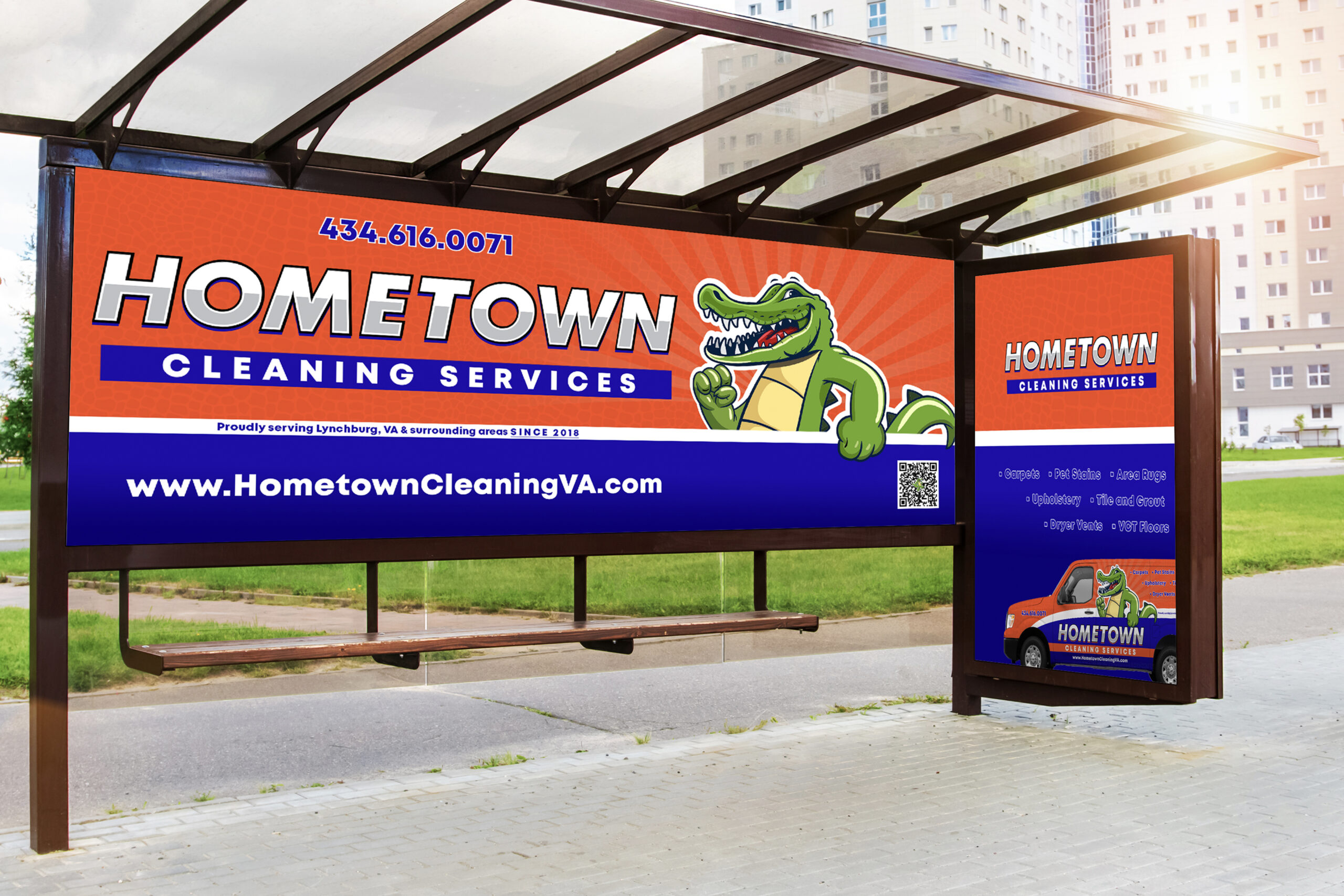
What CAN Be Vinyl Wrapped?
Vehicles
Vinyl wrapping has revolutionized the automotive customization industry, offering endless possibilities for transforming the appearance of vehicles. From personalizing a single car to creating cohesive branding for an entire fleet, vinyl wrapping has become a go-to option for both individuals and businesses. Here are some examples of vehicles that can be vinyl wrapped:
Cars, Trucks, & Vans:
Vinyl wrapping allows you to change the color, texture, or finish of your vehicle, giving it a fresh and unique look. Whether you desire a sleek matte black finish, a vibrant metallic color, or a striking graphic design, vinyl wrapping can achieve your desired outcome.
Boats & Watercraft:
Vinyl wrapping extends beyond land vehicles and can also be applied to boats and watercraft. It offers an opportunity to protect the exterior surface from the damaging effects of water, sun, and other environmental factors while giving your vessel a customized appearance.
Recreational Vehicles (RVs):
RVs are a popular choice for vinyl wrapping due to their large surface area and the desire for personalization. Vinyl wraps can transform the exterior of RVs, making them stand out on the road and reflecting the owner’s style and preferences.
Interior Surfaces
Vinyl wrapping is not limited to vehicles; it can also be applied to various interior surfaces, providing a cost-effective and stylish solution for transforming living spaces or commercial environments. Here are some interior surfaces that can benefit from vinyl wrapping:
Walls & Ceilings:
Vinyl wraps offer an alternative to traditional painting or wallpapering methods for walls and ceilings. They can add texture, patterns, or even photo-realistic images to create unique and visually stunning interiors.
Cabinetry:
Vinyl wrapping is an excellent option for giving cabinets a fresh look without the need for expensive replacement or refinishing. From kitchens to bathrooms and offices, vinyl wraps can instantly update the appearance of cabinets, offering a wide range of colors and finishes to suit any style.
Appliances:
Vinyl wrapping can also be applied to appliances, such as refrigerators, dishwashers, or washing machines. It allows you to match or accentuate the color scheme of your space, giving your appliances a cohesive and modern appearance.
Exterior Surfaces
Vinyl wrapping is not limited to vehicles and interiors; it can also be used to transform a variety of exterior surfaces, enhancing their aesthetic appeal and providing branding opportunities. Here are some examples:
Buildings & Architectural Structures:
Vinyl wraps can be applied to the exterior of buildings, offering a cost-effective alternative to traditional painting or cladding methods. This is particularly useful for renovations or rebranding projects, allowing for customized designs and eye-catching finishes.
Signage & Billboards:
Vinyl wraps are commonly used in the advertising industry to create vibrant and attention-grabbing signage. They offer versatility in terms of design, size, and placement, allowing businesses to effectively promote their products or services.
Outdoor Equipment & Unsightly Utility Boxes:
Unsightly utility boxes, outdoor equipment, or even dumpsters can be transformed with vinyl wrapping. By applying vinyl wraps with attractive designs or disguising patterns, these objects can blend harmoniously with their surroundings and contribute to a more visually appealing environment.
The possibilities of what can be vinyl wrapped are vast and ever-expanding. From vehicles to interior and exterior surfaces, vinyl wrapping offers a versatile solution for customization, protection, and branding. In the following section, we will explore the limitations of vinyl wrapping, highlighting the surfaces that are better left untouched or require alternative methods.
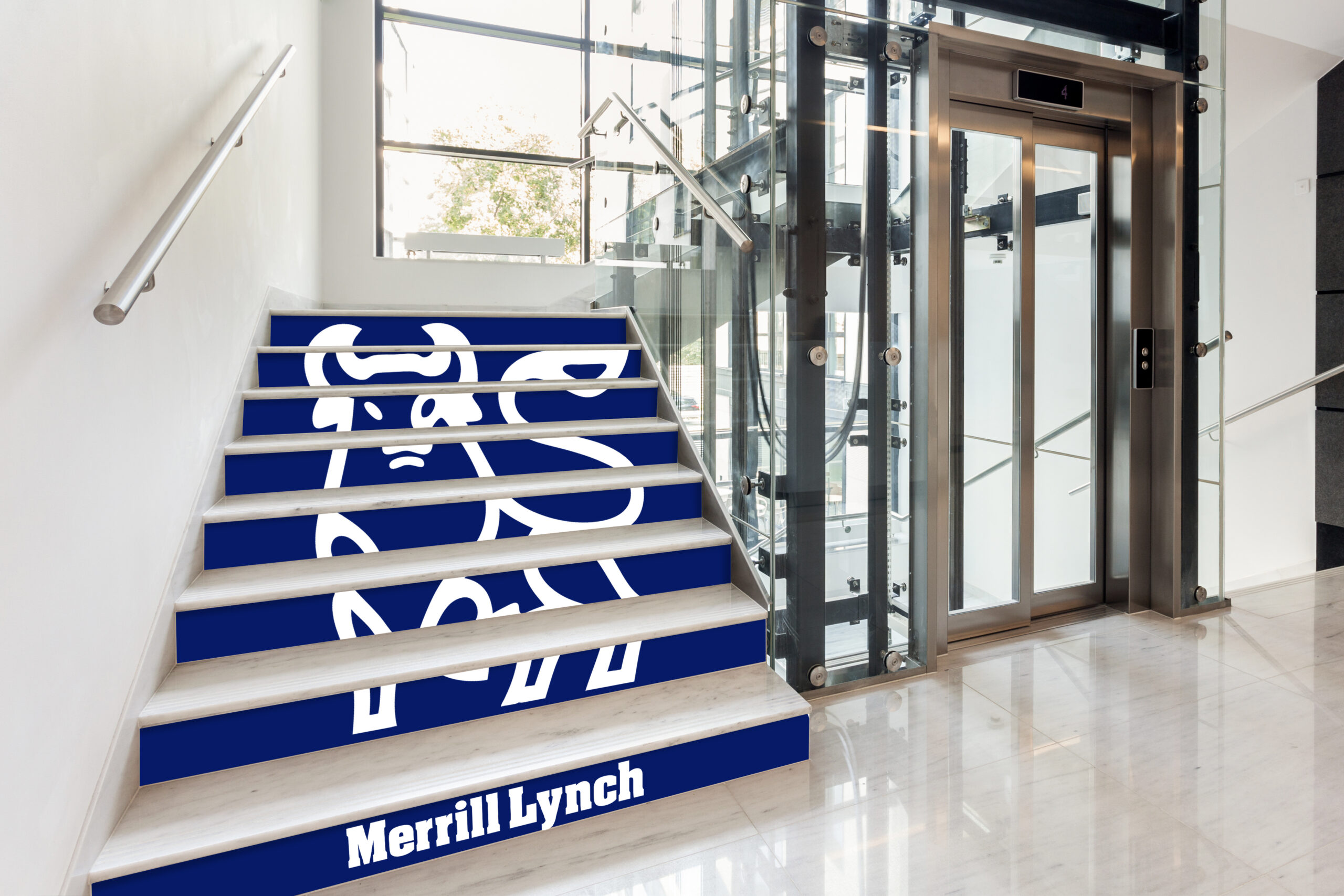
What CANNOT Be Vinyl Wrapped?
While vinyl wrapping offers immense versatility, there are certain surfaces that are not suitable for this technique. Understanding these limitations is crucial to ensure successful outcomes and avoid potential issues. Here are some examples of surfaces that are generally not suitable for vinyl wrapping:
Surfaces With Extreme Textures
Vinyl wrapping relies on a smooth and even surface for optimal adhesion and a seamless finish. Surfaces with deep textures or irregularities can pose challenges during installation and may result in poor adhesion or an unsightly appearance. Examples of surfaces with extreme textures that are not ideal for vinyl wrapping include:
Rough Concrete or Brick Walls
The uneven and porous nature of rough concrete or brick walls makes it difficult for the vinyl film to adhere properly. The texture of these surfaces can cause air bubbles, wrinkles, or lifting, compromising the integrity of the wrap.
Deep-Grained & Unfinished Wood
Unfinished wood with pronounced grain patterns can make it challenging to achieve a smooth and seamless vinyl wrap. The natural grooves and irregularities in the wood can interfere with proper adhesion and may result in an uneven or distorted finish.
Extremely Curved or Irregular Surfaces
Vinyl wraps work best on flat or moderately curved surfaces that allow the film to be applied smoothly. Highly curved or irregular surfaces require stretching and maneuvering of the vinyl film, which can be difficult to achieve without compromising the integrity of the wrap. Examples of surfaces with extreme curvature or irregularity include:
Sculptures & Intricate Artwork:
The complex shapes and intricate details of sculptures and artwork often make them unsuitable for vinyl wrapping. The fine contours and delicate features may pose challenges during installation, making it difficult to achieve a seamless and wrinkle-free result.
Highly Contoured Vehicle Parts:
While vinyl wrapping is commonly used on vehicles, certain body parts with extreme curves or contours may be challenging to wrap effectively. Examples include areas such as side mirrors, door handles, or bumpers, which require meticulous stretching and manipulation of the vinyl film.
Surfaces Prone To Excessive Heat or Abrasion
Vinyl wraps are durable, but they have their limitations when it comes to surfaces exposed to high temperatures or constant abrasion. Excessive heat or friction can cause the vinyl film to warp, peel, or deteriorate over time. Examples of surfaces prone to heat or abrasion that are not suitable for vinyl wrapping include:
Oven Interiors & Stove Burners:
The extreme heat generated inside ovens and direct contact with stove burners makes these surfaces unsuitable for vinyl wrapping. The heat can cause the vinyl film to melt, deform, or release harmful fumes.
High-Friction Areas On Vehicles:
Surfaces on vehicles that experience constant friction, such as door edges or areas close to wheels, may not hold up well to vinyl wrapping. The continuous rubbing or contact can cause the vinyl film to wear off or peel prematurely.
Industrial Machinery Subject To Intense Wear:
Industrial machinery that undergoes heavy use and experiences high levels of abrasion is not suitable for vinyl wrapping. The constant friction and mechanical stress can cause the vinyl film to degrade quickly, compromising its appearance and functionality.
Understanding the limitations of vinyl wrapping helps you make informed decisions about which surfaces are compatible with this technique. By considering the nature of the surface and its potential challenges, you can explore alternative methods or approaches to achieve the desired transformation.
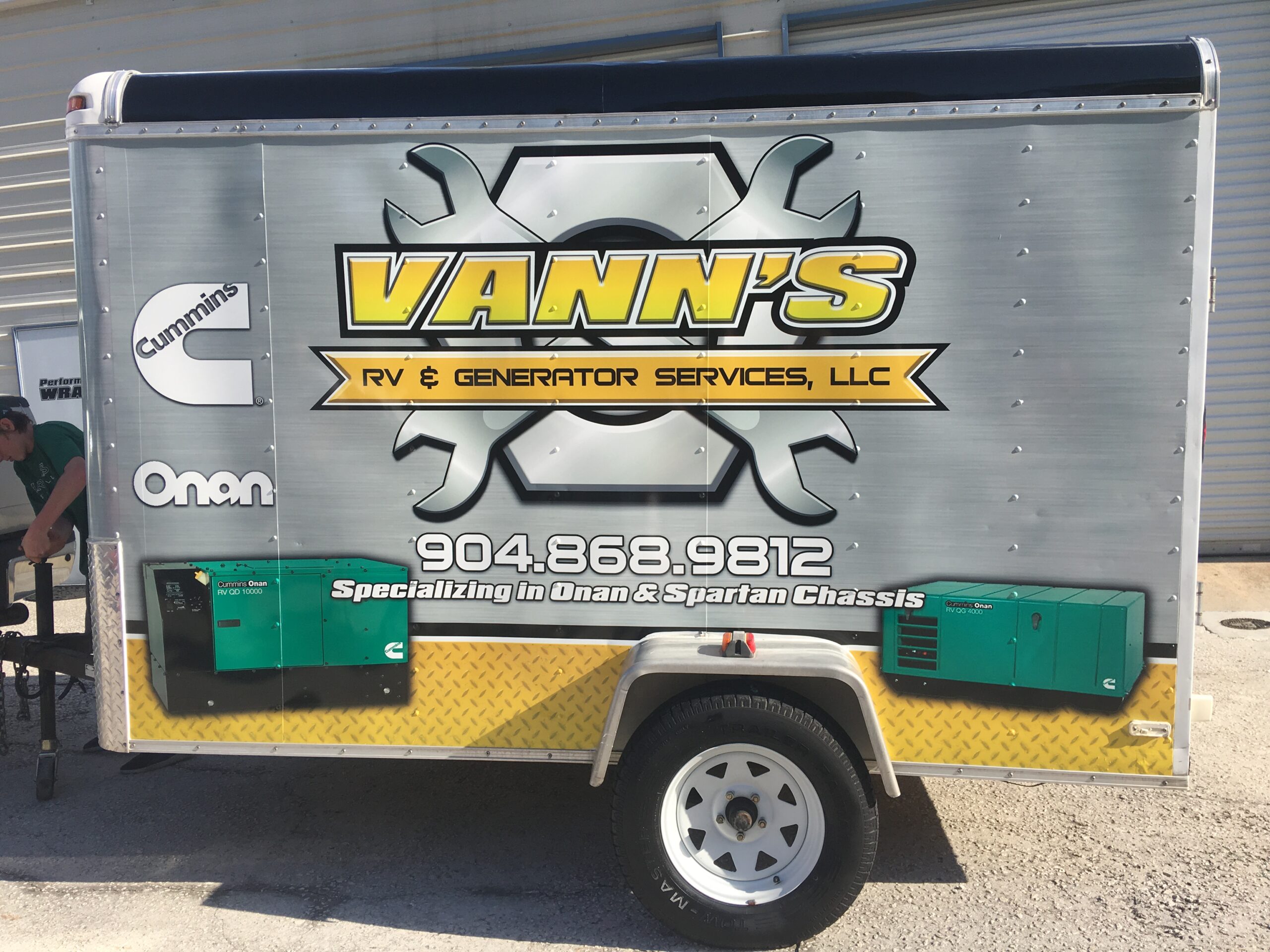
Wrap Alternatives
While vinyl wrapping offers a wide range of possibilities for transforming surfaces, there are instances where it may not be suitable or feasible. In such cases, exploring alternative options can help achieve the desired customization or protection. Here are some alternative options for surfaces that cannot be vinyl wrapped:
Paint:
Painting remains a traditional and versatile option for transforming surfaces. It allows for customization in terms of color, finish, and texture. Professional painters can create smooth, durable, and long-lasting finishes on various surfaces, including those with extreme textures or complex shapes. Painting provides a wide range of colors and finishes, offering endless possibilities for customization.
Powder Coating:
Powder coating is a durable and popular alternative to vinyl wrapping, especially for metal surfaces. It involves applying a dry powder to the surface, which is then heated and cured, creating a hard and protective coating. Powder coating offers excellent resistance to chips, scratches, and fading. It provides a smooth and even finish, making it suitable for both functional and decorative applications.
Hydro-Dipping:
Hydro-dipping, also known as water transfer printing, is a unique and intricate method of surface customization. It involves applying a specialized printed film to the surface of an object using water immersion. The film adheres to the surface, creating a seamless and vibrant pattern or design. Hydro-dipping can be used on various materials, including plastic, metal, wood, and more, allowing for intricate and eye-catching customization.
When vinyl wrapping is not an option, despite it being the most cost-effective, these alternatives provide viable solutions for achieving the desired transformation or protection. Depending on the specific surface, budget, and desired outcome, one or a combination of these options may be the most suitable choice. Consulting with professionals in each respective field can provide valuable insights and guidance to help you make an informed decision.
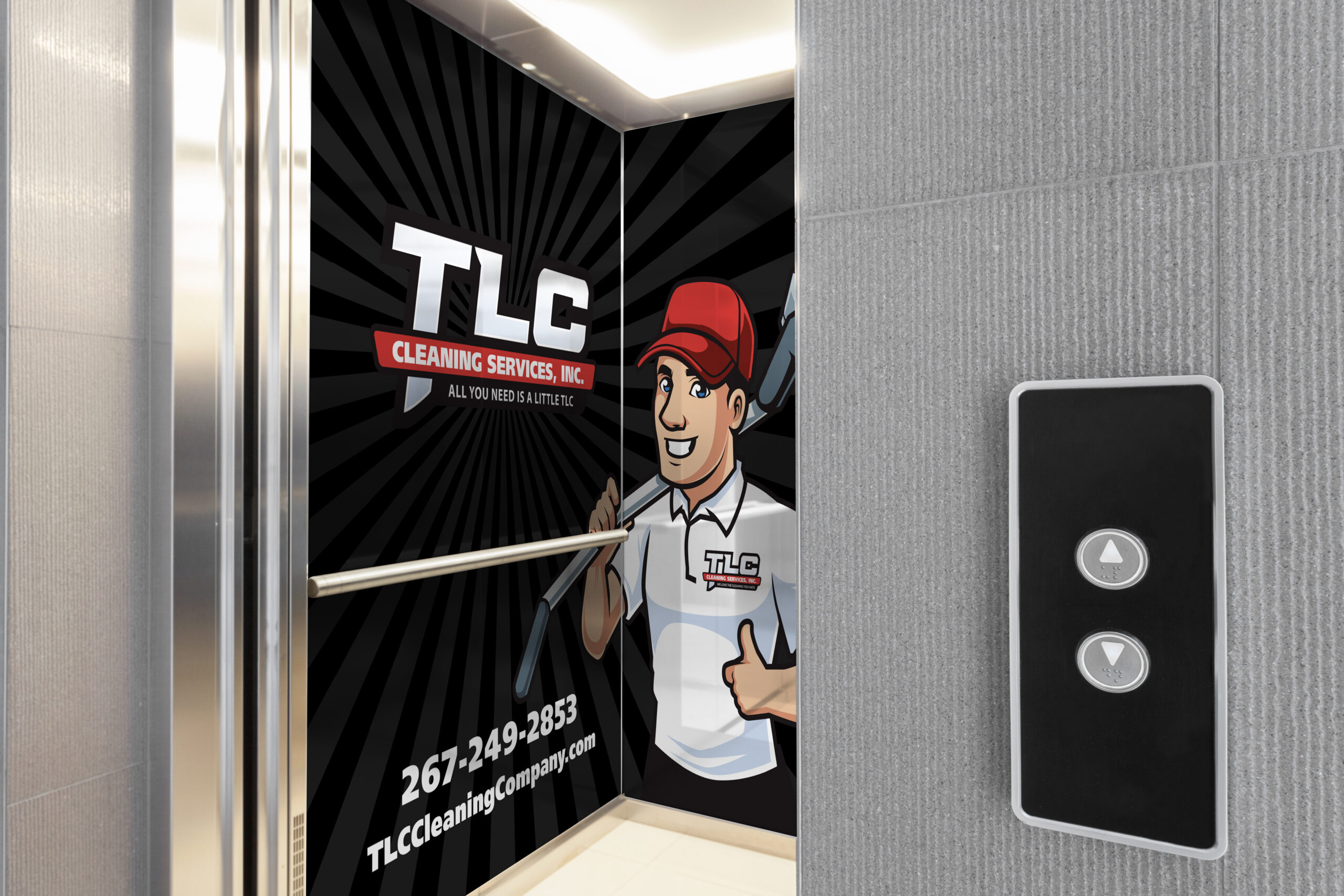
Conclusion
In conclusion, while vinyl wrapping offers a wide range of possibilities for surface customization, it’s important to be aware of the challenges that may arise. Surfaces with rough textures or irregular contours may require alternative methods or preparation before attempting a vinyl wrap. Achieving a smooth and flawless application on such surfaces can be more challenging. However, with the expertise and guidance of professionals like Wraps Direct, you can navigate these challenges and ensure the success of your vinyl wrapping project.
Here at Wraps Direct, we understand the intricacies of vinyl wrapping and offer nationwide shipping and wrap installations. Our experts can provide valuable insights and help determine the feasibility of your vision. Before diving headfirst into the industry, it’s crucial to consult with professionals who can guide you and prevent unnecessary expenses. Don’t waste your resources – take advantage of our free vinyl wrap consultation by filling out our form today.
Transforming your car, house, or business with vinyl wraps is an exciting endeavor, and Wraps Direct is here to support you every step of the way. Let us help you bring your vision to life and create a stunning, personalized look that will turn heads and make a lasting impression. Contact our team of experts at Wraps Direct today and embark on your vinyl wrapping journey with confidence.

